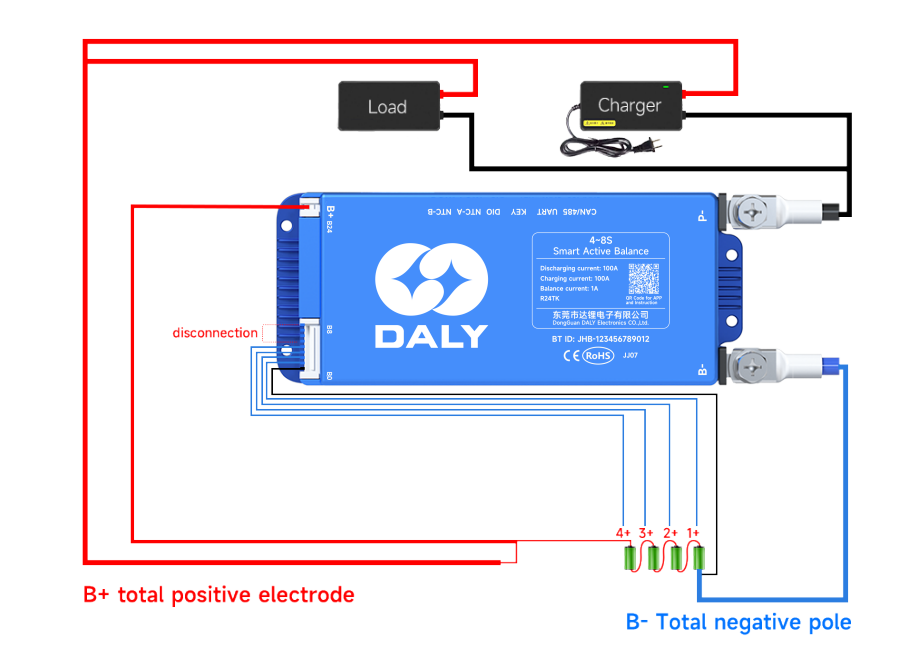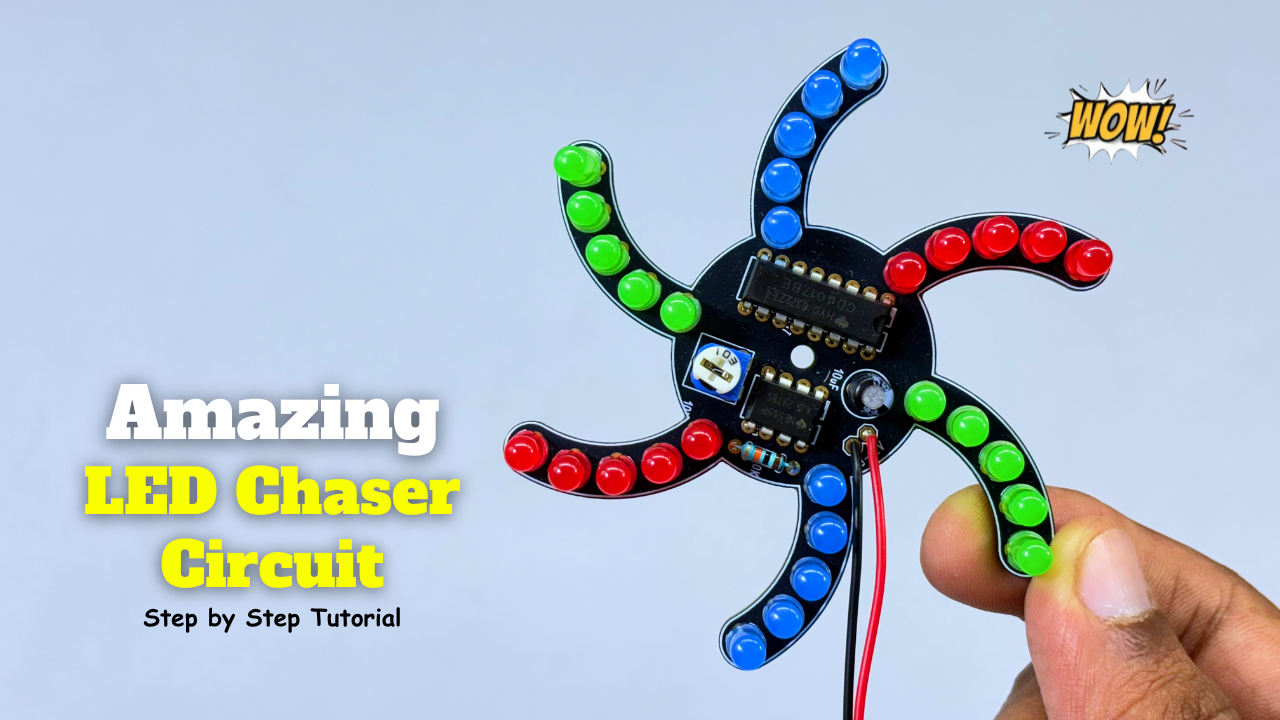Building an 4S (4 series) LiFePO4 battery pack using 32140 LiFePO4 cells and a Daly Battery Management System (BMS). If you’re planning your own DIY power storage project, this guide might help you get started!
Why LiFePO4?
Lithium Iron Phosphate (LiFePO4) batteries have gained popularity for their safety, long lifespan, and thermal stability. Compared to standard lithium-ion batteries, LiFePO4 cells can handle more charge cycles (2000-5000), making them perfect for applications like solar storage, electric vehicles, and DIY backup systems.
Components I Used:
- 16 x 32140 LiFePO4 Cells (3.2V nominal, 12-15Ah each)
- Daly 4s BMS (12v rated, with balancing and protection features)
- Nickel strips for cell interconnection
- Spot welder
- XT60 connectors
- Heat shrink tubing
- Multimeter and basic tools
What Is BMS?
A BMS stands for Battery Management System. It’s an electronic system that manages and protects rechargeable batteries — especially in packs like your LiFePO4 8S setup.
Key functions of a BMS:
- ✅ Overcharge protection (prevents damage from too high voltage)
- ✅ Over-discharge protection (prevents deep discharge that can ruin cells)
- ✅ Short-circuit protection (cuts off power in case of a fault)
- ✅ Cell balancing (keeps all cells at the same voltage to extend lifespan)
- ✅ Temperature monitoring (some advanced BMSs monitor heat to avoid thermal issues)
Configuration: 4S
- 4S means 4 cells connected in series.
- Each LiFePO4 cell = 3.2V nominal.
- So, 4 x 3.2V = 12.8 v nominal (and about 14v when fully charged).
This makes it suitable for 12v systems like solar inverters, e-bikes, and portable power stations.
Circuit Diagram:

Assembly Steps:
- Planning the Layout
- I arranged the 4 cells in a straight line to keep the design compact.
- Spot Welding the Cells
- Used nickel strips and a spot welder to connect the cells in series.
- Double-checked the polarity and voltages after each connection.
- Connecting the Daly 8S BMS
- The Daly BMS is the brain of the battery, providing overcharge, over-discharge, and short-circuit protection.
- Connected the balance leads to each cell, following the 4S wiring diagram provided by Daly.
- Final Checks
- Measured total pack voltage (should be around 13.0 V).
- Checked individual cell voltages for balance.
- Wrapping and Finishing
- Wrapped the pack with heat shrink for insulation and added XT60 connectors for easy connection.
Testing the Pack:
Once assembled, I tested the pack with a 12v inverter and a small load. The Daly BMS handled the balancing and protection well, and the pack performed smoothly. I monitored the temperatures and voltage during the first few charge/discharge cycles.
Applications:
- Solar energy storage
- DIY powerwall projects
- Portable battery backup
- E-bikes and scooters
Tips for Builders:
- Always double-check BMS wiring—it’s the most critical part!
- Use proper insulation to avoid shorts.
- Don’t skip balance charging during the initial setup.
DALY BMS:

The Daly K-Series Smart BMS is a powerful and intelligent Battery Management System designed for lithium iron phosphate (LiFePO₄) and lithium-ion batteries. It supports 3S to 24S configurations and is available in 40A, 60A, and 100A versions, making it ideal for a wide range of applications including electric vehicles, solar energy storage, and backup power systems.
With built-in communication options like CAN, RS485, and UART, users can monitor and adjust settings in real time via a mobile app or PC software.


32140 LiFePO4 Battery:
The 32140 LiFePO4 battery refers to a specific size and type of Lithium Iron Phosphate (LiFePO4) rechargeable battery. The number 32140 represents its dimensions:
- 32 mm in diameter
- 140 mm in length
So it’s a fairly large cylindrical battery, much bigger than common cells like 18650 (18mm × 65mm).
Key features of 32140 LiFePO4 battery:
- Nominal voltage: 3.2V
- Capacity: Typically ranges from 12Ah to 15Ah or more (depends on brand and specific model)
- Chemistry: Lithium Iron Phosphate (LiFePO4) — known for safety, long cycle life, and thermal stability.
- Cycle life: 2000–5000 charge cycles (much longer than regular lithium-ion)
- Applications:
- Solar energy storage
- Electric vehicles (EVs)
- E-bikes and scooters
- Home backup power systems
- DIY battery packs
LiFePO4 cells like the 32140 are popular because they are safer (less prone to catching fire) and last longer compared to standard lithium-ion cells (like LiCoO2).
More Projects
-
Meet the Cutebot Pro – The smartest Micro:bit Robot Car!
The CuteBot Pro is a programmable robot-car kit designed for STEAM/robotics education.Key features include: Obstacle Avoiding Car Line Following Car More Projects
-
Create a Stunning Heart LED chaser Circuit with Simple Electronics
An LED chaser is an electronic circuit that lights LEDs one after another in a sequence. It creates a running or chasing light effect commonly seen in decorations and indicators. …
-
Amazing LED Chaser Circuit – Beautiful Decoration Idea
An LED chaser is an electronic circuit that lights LEDs one after another in a sequence. It creates a running or chasing light effect commonly seen in decorations and indicators. …



